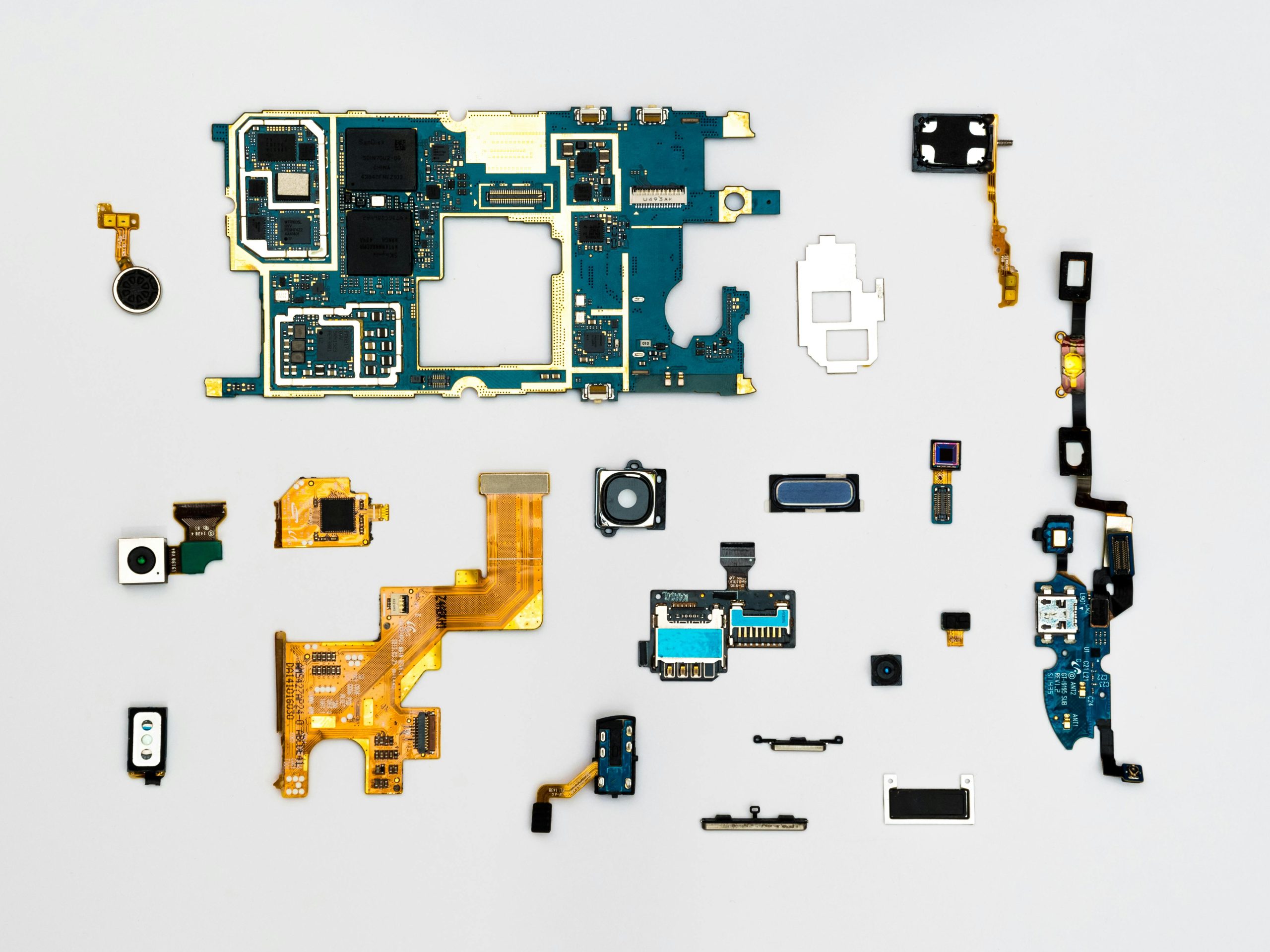Understanding Windows 11 Compatibility: A Guide for PC Users
As technology advances, upgrading to the latest operating system can enhance security, performance, and functionality. However, ensuring your PC meets Windows 11’s system requirements is crucial before attempting an upgrade. Many users, especially those without extensive technical backgrounds, find the process confusing and are concerned about potential risks. This article aims to clarify common questions and provide guidance on verifying and configuring your PC for Windows 11 compatibility.
Assessing Your Current PC Specifications
Let’s begin by reviewing typical hardware requirements and how your system aligns:
- Motherboard: MAG B550 TOMAHAWK (MS-7C91)
- Processor: AMD Ryzen 5 5600X 6-Core (3.70 GHz)
- Memory: 16 GB RAM
- Storage: 932 GB SSD (WDC WDS100T2B0C-00PXH0)
- Graphics Card: AMD Radeon RX 6600 XT (8 GB)
- System Type: 64-bit operating system, x64-based processor
These specifications generally meet or exceed the recommended hardware for Windows 11.
Key Windows 11 Requirements
Microsoft stipulates certain features and settings for Windows 11 compatibility:
- TPM 2.0 (Trusted Platform Module): A hardware-based security feature.
- Secure Boot enabled: Ensures the system boots securely with trusted software.
- UEFI Firmware Mode: Modern firmware mode replacing legacy BIOS.
- GPT Partition Style: The partitioning scheme that supports UEFI.
Common Compatibility Concerns & Solutions
1. Enabling TPM 2.0
Many motherboards have a firmware setting called “PTT” (Platform Trust Technology) or “fTPM”, which functions as TPM 2.0.
-
Access BIOS/UEFI Settings:
-
Restart your PC and press the key to enter BIOS/UEFI during boot (usually Delete, F2, or Esc).
- Navigate to the Security or Advanced tab.
- Look for settings like “PTT” or “fTPM” and enable them.
-
Save changes and exit.
-
Verifying TPM 2.0:
-
In Windows, press Win + R, type
tpm.msc, and press Enter. - Check if TPM is present and
Share this content:

